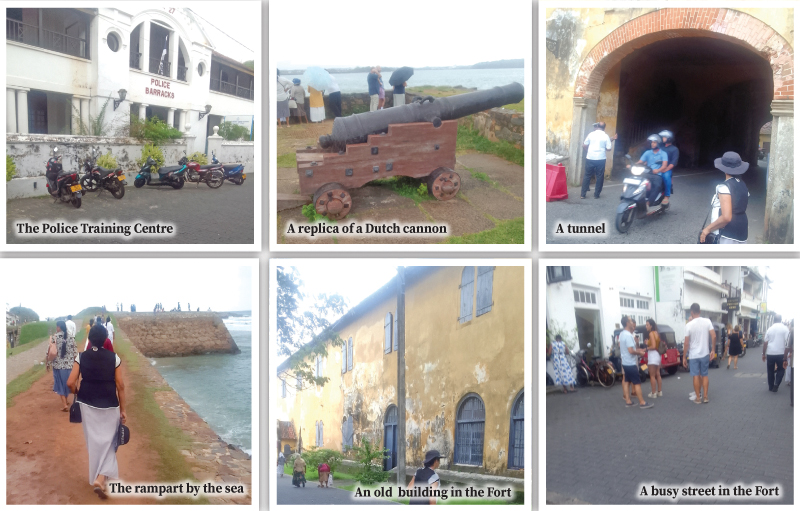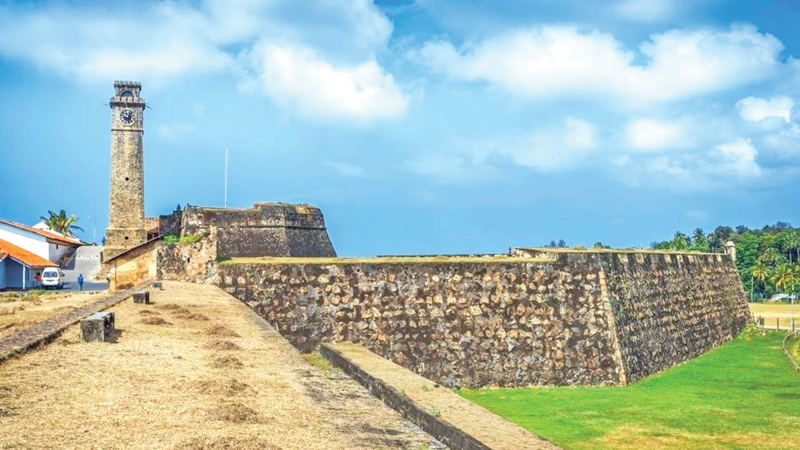The untamed dry zone of Sri Lanka has an abundance of delights. Its climate is ideal for trees such as delum, gal siyabala and weli atha. It is common to see makeshift stalls that sell fruits and vegetables plucked from trees grown in the wilderness.
If you travel along the newly built Lunugamvehera-Sella Kataragama road, you will come across tiny stalls and villagers who are humble in appearance. But in these makeshift stalls, you can find the most unexpected treasures, such as wild delum, weli atha and numerous varieties of fresh fruits and vegetables.
Driving on the Lunugamvehera-Sella Kataragama road in the dry zone is an experience that never loses its novelty. The smoothly carpeted newly built road which is used by mostly pilgrims to Kataragama reduces travel time by hours. The dry zone gives way to scrub jungles with harsh sun light and the monotony is broken periodically by houses or the occasional stalls where the villagers wait for customers under the burning sun.
These stalls that sell fruits and vegetables are part and parcel of the scenery. Stall owners may change, but the gracious smiles that adorn the faces of the vendors, and the fresh produce they sell remain unchanged.
It was one of these vendors that encouraged us to stop our vehicle. Standing at the side of the road, a hat protecting her head from the glare of the sun, she held in her hands several pomegranates and netted custard apples, colloquially known as delum and weli atha.
Pomegranates and netted custard apples
Yellow-green in colour, the netted custard apple takes the form of a slightly ovoid sphere. While its husk looks tough, with ridges breaking its surface, the white flesh inside belies this initial impression.
Pomegranates and netted custard apples you buy from these roadside stalls are often home-grown or plucked from wild trees. The arid climate of the dry-zone promotes the growth of the trees and it is easy to spot one or two wild delum or weli atha trees among the shrubbery. Even in a garden, weli atha requires far less attention than the delum tree. A simply thrown seed may grow into a plant that begins to bear flowers within six to seven months, whereas a delum tree demands more commitment from a gardener.
The local delum nuts bear fruits with a yellow husk, whereas the imported pomegranates found in Colombo are of a red hue. Once we pulled over at a stall, we discovered yet another difference; the arils of these fruits were pastel in colour with just a hint of pink, widely different from the dark red that can be seen when the husk is removed from the imported variety.
Rich in several nutrients including Vitamin C, K and fibre, the antioxidant as well as anti-viral properties of pomegranates promote effective blood circulation and provide relief against ailments such as stomach disorders and high blood pressure.
Sold alongside the delum, weli atha, sugarcanes, water melon and other vegetables were bananas. These are largely purchased not to be consumed, but to be offered to the gentle giants on the road.
Roaming of elephants
Lunugamvehera and Yala Block V are an elephant country – a large number of wild elephants roam in this vicinity in the day and motorists are used to offering fruits to elephants as they don’t find sufficient food from the wild and are accustom to supplement the shortage with food from motorists.
Once you pass Sella Kataragama and move along the Buttala road, you enter the Yala Block V, the territory of the elephants. Motorists who use this road purchase some fruits from a roadside stall to give them to the elephants that occasionally come out on to the road. For a small gift, these gentle giants that block the road would move aside, triumphantly holding the spoils of their efforts in their trunks and let the vehicles move along.
We bought a bunch of banana before we entered the Buttala road to give them to the elephants as we moved towards Galge. We were lucky enough to come across a solitary elephant, at the moment accepting a small bundle of fruits from a vehicle.
Several partly consumed fruits and vegetables lying abandoned on or by the road at different locations told the story of fellow travellers who had presented these offerings to the elephants.








